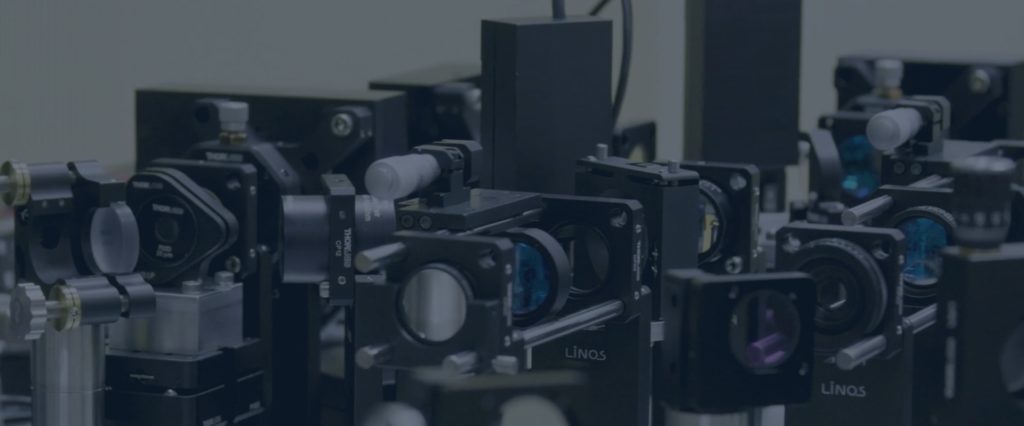
In this multi-part series, I will be exploring the basic questions that one needs to answer in order to determine which type of deformable mirror is best suited for their application. This list is by no means exhaustive, but if one has an understanding of these topics, the journey to creating spectacular images will be much smoother and equally as rewarding. I am starting with imaging since this is a field that is constantly expanding to new disciplines and often involves researchers who are not familiar with adaptive optics. The next topic will be beam shaping, with further topics to be introduced in the future.
Potential customers come to us at Boston Micromachines to design an adaptive optics system for many different applications: Confocal microscopy, conventional microscopy, astronomy, etc. However, many of them don’t know their options when selecting the right mirror. We think we’ve reduced the questions you need to ask to four simple topics. If each customer reviews this list before giving us a call, finding a mirror best suited for their application will be as exciting as viewing that killer image you’re trying to get:
1) Aperture: How big is your image? How big (or small) can you make it?
The size of the wavefront is the first and foremost issue to understand. Some applications have no control over this while others can change the size of their wavefront through the use of some simple focusing optics. Before doing research into your alternatives, you should figure out what your limitations are in relation to this.
2) Resolution: How complex are your aberrations?
Having the right aperture is great, but if your mirror does not have a high enough level of precision, your image improvement will be greatly limited. In the deformable mirror industry, we call this distance between control points, “pitch.” In our devices, it is the distance between actuators. In membrane-type mirrors, it will be the distance between electrodes that are underneath but not directly connected to the surface. If your aperture can be manipulated, the precision to which you can control the wavefront will most likely be directly affected by this adjustment. Also, the size of the pitch can affect the price of the mirror. So, understanding what the relationship is between aperture, pitch and price can help you not only find the right mirror, but minimize your costs

3) Aberration: How big (deep) are your aberrations?
While aperture and resolution cover you in two dimensions, depth is the final critical physical dimension. The size of your aberrations will directly impact the necessary stroke (the distance the surface of the mirror can travel up and down). If you have very small aberrations and require a high level of precision to correct your wavefront, you can focus on MEMS-based solutions, like those provided by Boston Micromachines (available stroke is between 1.5 and 5.5um). However, if you require larger stroke, you may need to focus on more flexible electro-static or piezo-electrically motivated membrane surfaces. Most recently, some have executed what we call a woofer-tweeter approach where a larger mirror corrects for the larger aberrations (the woofer) and a smaller, more precise mirror fine-tunes the image (the tweeter). You can see an article on this in the June 2010 issue of Photonics Spectra: “Dual Deformable Mirror Systems Take the High and Low Roads to Imaging Success.” Size of the aberrations is a critical point to understand due the fact that if you don’t have enough stroke or high enough level of precision, your image may not improve enough to be impactful.
4) Response: How fast do your aberrations move?
If you’re dealing with static medium, then this is not an issue. However, if you are dealing with atmospheric turbulence, as in astronomy, or in vivo conditions in live specimens, then this is a critical parameter. While this is dependent on the structural composition and design of the mirror, it is also dependent on the drive electronics and controller. So, make sure that both your system (PC or other controller) and the electronics associated with the mirror are up to snuff for your application.
Purchasing a deformable mirror should be an exciting endeavor: The images obtained to date have been astounding. I’m sure that with proper preparation and understanding, it can be successful for you as well.
Check more
Related Articles

Defense TechConnect Conference and Expo: Fun in the Sun with the MRR
Last week I was fortunate enough to be able to parade BMC’s Modulating RetroReflector (MRR) in front of multiple audiences affiliated with the Defense community at the Defense TechConnect (DTC) Conference and Expo in Tampa, Florida.
# Low Response Time 11.01.2018
Read more
MiFoBio 2018: AO Microscopy in Action
Recently, Boston Micromachines sponsored MiFoBio (Functional Microscopy in Biology), an event that brought together the microscopy community, academics and professionals alike, to attend courses and workshops that explored the understanding and current trends of biological imaging.
# Low Response Time 10.16.2018
Read more

